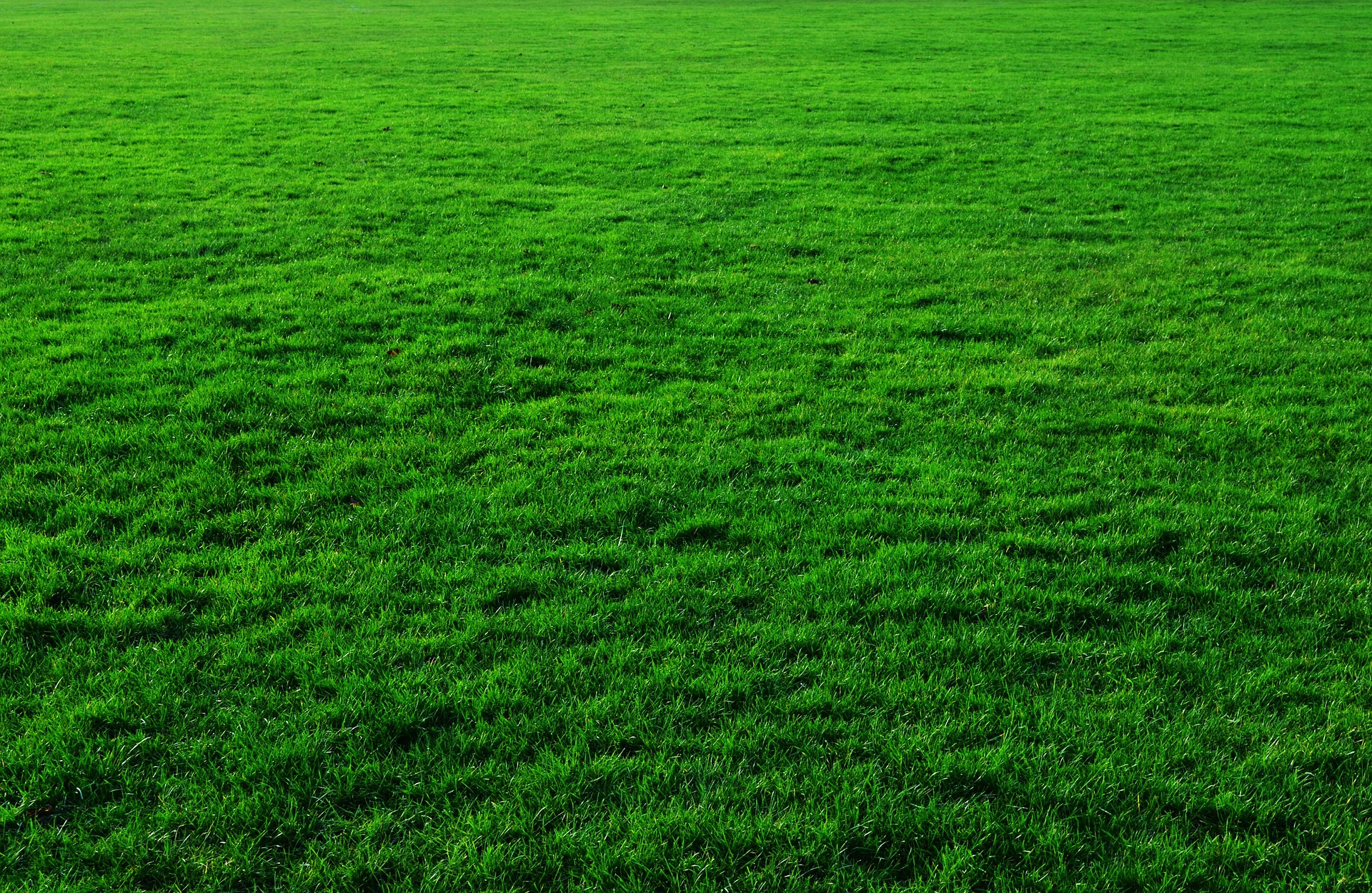The end of summer season does not mean that you should stop taking care of your lawn. Here are some tips that will keep your lawn healthy all through the year:
Keep Mowing
Even during the fall, you should keep mowing your lawn then drop the mower setting to a low one as fall season ends. Doing so means that there will be less grass to turn brown and allows the sun to reach the crown of the grass. As you lower the blade setting, you should remember not to trim more than one third of the grass at once.
Make sure that you keep lowering the cutting height until the final two cuttings. If you have a cheap lawn mower, you should replace it with a reel mower if you want the grass to be cut neatly.
Water the Lawn
Humid and low-wind conditions allow water to distribute evenly and cause less evaporation. The best time to water your lawn is between 10 pm and midnight or in the morning between 8 and 9 am, and while this may not be convenient for your schedule, a water timer attached to your sprinklers makes it easy. Make sure that you base your watering needs on the grass species and the health of your lawn.
Once you have an idea of how much water your lawn needs, you should water it infrequently and deeply. This watering approach encourages the growth of roots and makes the grass drought resistant. The drainage rate will vary depending on the type of soil:
– Sandy soils drain water faster, which means that the grass will have less time to absorb water and should be watered more frequently.
– Dense clay soil usually drains slowly. Therefore, you should not water it too much.
– Loam soil retains water better than sand, so you should not water it as much.
Look for Signs of Drying
You should not wait for your lawn to turn brown before giving it water. You can look for signs of drying by checking for footprints that remain visible for more than an hour and changes in color. Although allowing your lawn to reach this state will increase its long-term health, you should water it immediately to avoid drying.
You can also check how dry the soil is by digging and looking for wetness. If the top two inches of soil are wet, you should wait a bit longer before watering. If your lawn tends to dry in patches, you should water the dry areas instead of overwatering all of it.
Fertilizing
You should choose a fertilizer that is a mixture of fast release and slow release. However, if you cannot find a blend, you should opt for slow release fertilizer because it has a less dramatic effect and will not cause excessive growth in your lawn. The most important nutrient that your lawn needs is nitrogen, so you should buy a nitrogen-heavy fertilizer.
The first three numbers on a fertilizer will let you know its nitrogen content: for instance, a 9-3-6 fertilizer has a ratio of 3:1:2. If possible, you should opt for a fertilizer that is organic because it will decompose into carbohydrates and proteins. Keeping the population of microbes and earthworms healthy will keep your lawn aerated thus ensuring it stays healthy.
Every lawn needs to be fertilized at least once a year. Past that, here are three approaches that you can take:
– Fertilize every eight to ten weeks from spring to autumn with nitrogen-based fertilizer. If you leave grass clippings in your lawn after mowing, you can skip one of these fertilizing sessions.
– Check the local university site for a guide that matches your climate and grass species.
– Fertilize once per year and apply nitrogen.
You should operate the fertilizer spreader correctly to avoid spreading it outside the lawn and uneven coloration. Moreover, if you accidentally fertilize your vegetable and flowerbeds, you might end up damaging the plants.
Maintaining the Lawn
You should use a lawn aerator to remove plugs of soil and improve drainage as well as aeration. Aerating your lawn once a year is enough, but you should do it when the ground is soft. Ideally, you should pass the aerator twice until you remove eight or nine plugs for every square foot of soil. Instead of looking for places to discard them, you should let them stay and decompose in place.
You should remove thatch, which is the spongy mat of stems and roots that build up on the surface of the soil, frequently. As soon as it reaches 1.25 centimeters thickness, it will start hindering aeration and drainage. You can remove it in the following ways:
– Rent a dethatching machine that can remove less than 1.25cm thickness of thatch. You should do this in late spring or early fall because there is still several inches of growth left.
– You can remove thatch by doing some additional core aeration on your lawn
– Run a power rake over your lawn shallowly and regularly because deep raking might result in damage.
You should try to prevent future thatch growth by doing the following:
– Reducing your pesticide use because it kills earthworms, which are useful in breaking down thatch
– Using the same soil as the one in your lawn, you can topdress with 3mm of sprinkle soil
– Do soil tests then ensure that you adjust PH to between 6 and 7 or as your grass species requires.
If you notice that the water you give your lawn runs off into other areas, you should start giving it half as much water. Slopes and dense clay soils can cause a surface runoff. You can add commercial wetting agents to water if you want to reduce the runoff incidences, but doing so will not fix the main problem. You should aerate your yard if it has compacted soil or a thick layer of thatch.
During the winter, you should minimize your lawn use. If you want to break down ice, make sure that you use as little salt as possible and use calcium chloride products.


